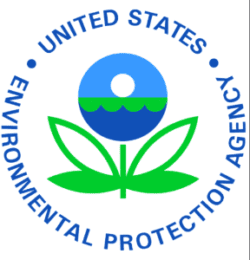This indicator tracks the extent, age, and melt season of sea ice in the Arctic Ocean.
Figure 1 shows Arctic sea ice extent from 1979, when routine monitoring by satellites started, to 2016. Sea ice extent is defined as the area of ocean where at least 15 percent of the surface is frozen. This threshold was chosen because scientists have found that it gives the best approximation of the edge of the ice. Data are collected throughout the year, but for comparison, this indicator focuses on the months when sea ice typically reaches its minimum and maximum extent. September is typically when the sea ice extent reaches its annual minimum after melting during the spring and summer. Conversely, March is typically when sea ice reaches its maximum extent after winter freezing. Data for this indicator were gathered by the National Snow and Ice Data Center using satellite imaging technology and data processing methods developed by the National Aeronautics and Space Administration.
Figure 2 examines the age of the ice that is present in the Arctic during the one week in September that has the smallest extent of ice. By combining daily satellite images, wind measurements, and data from surface buoys that move with the ice, scientists can track specific parcels of ice as they move over time. This tracking enables them to calculate the age of the ice in different parts of the Arctic. Although satellites started collecting data in 1979, Figure 2 only shows data back to 1983 because it is not possible to know the full age distribution until the ice has been tracked for at least five years.
Figure 3 shows the start and end dates of each year’s Arctic sea ice melt season, starting in 1979. It is based on the same satellite instruments as Figure 1.
Here, the melt season start date is defined as the date when satellites detect consistent wetness on the surface of the ice and snow; the end date is when the surface air temperature stays consistently at or below the freezing point and ice begins to grow in the open ocean.




